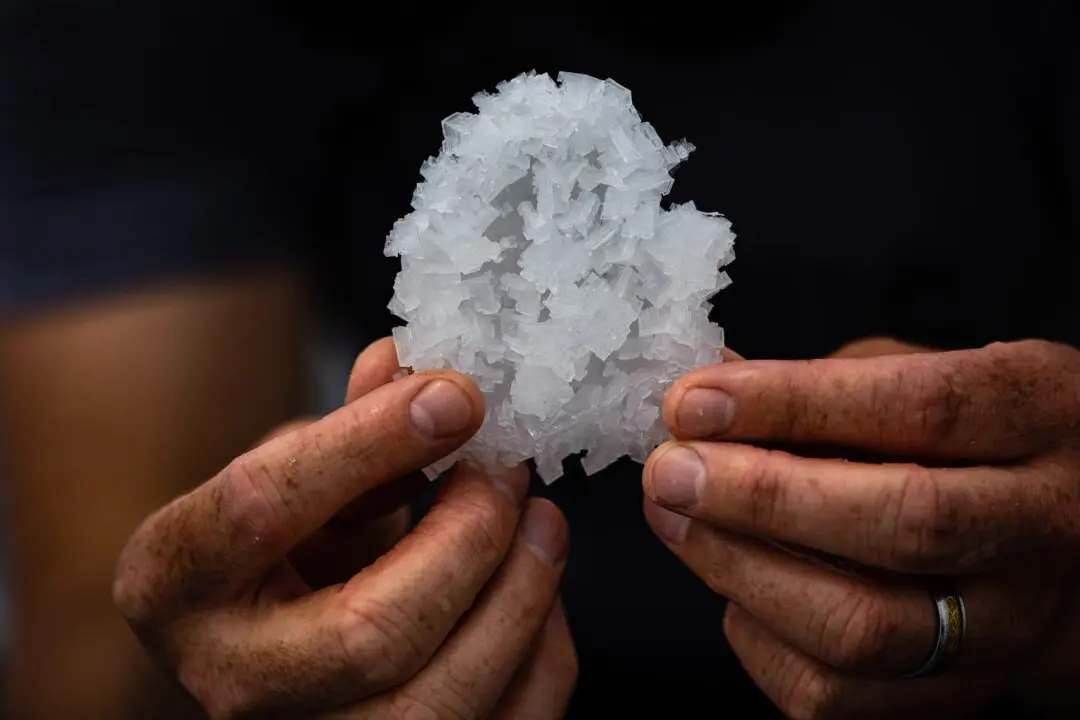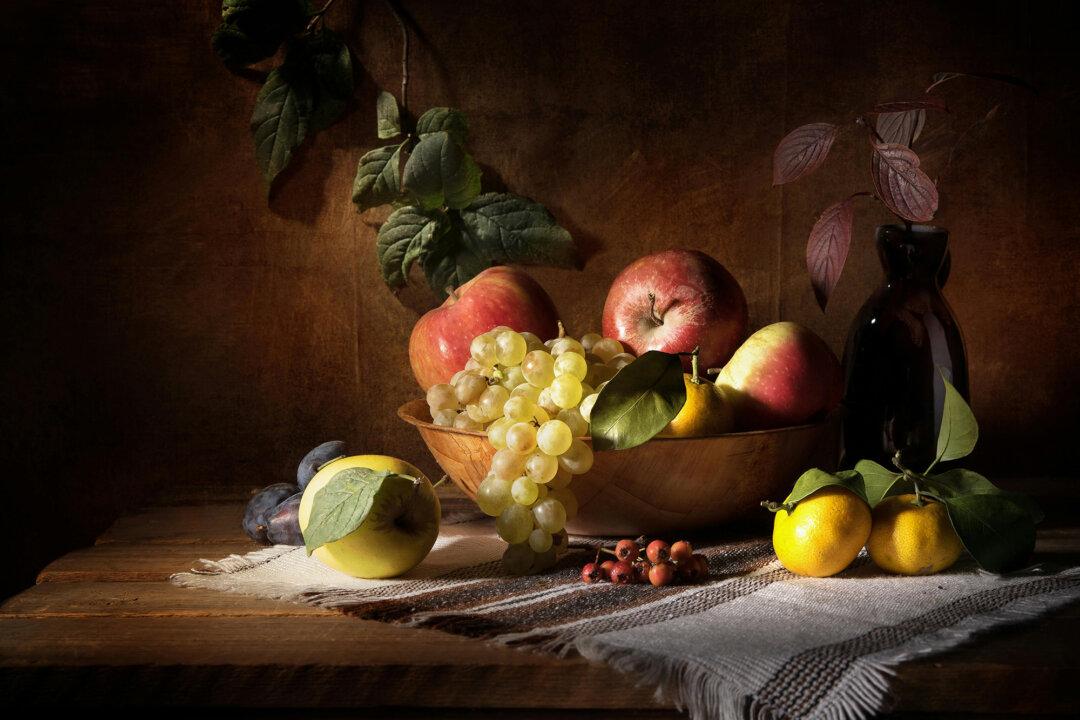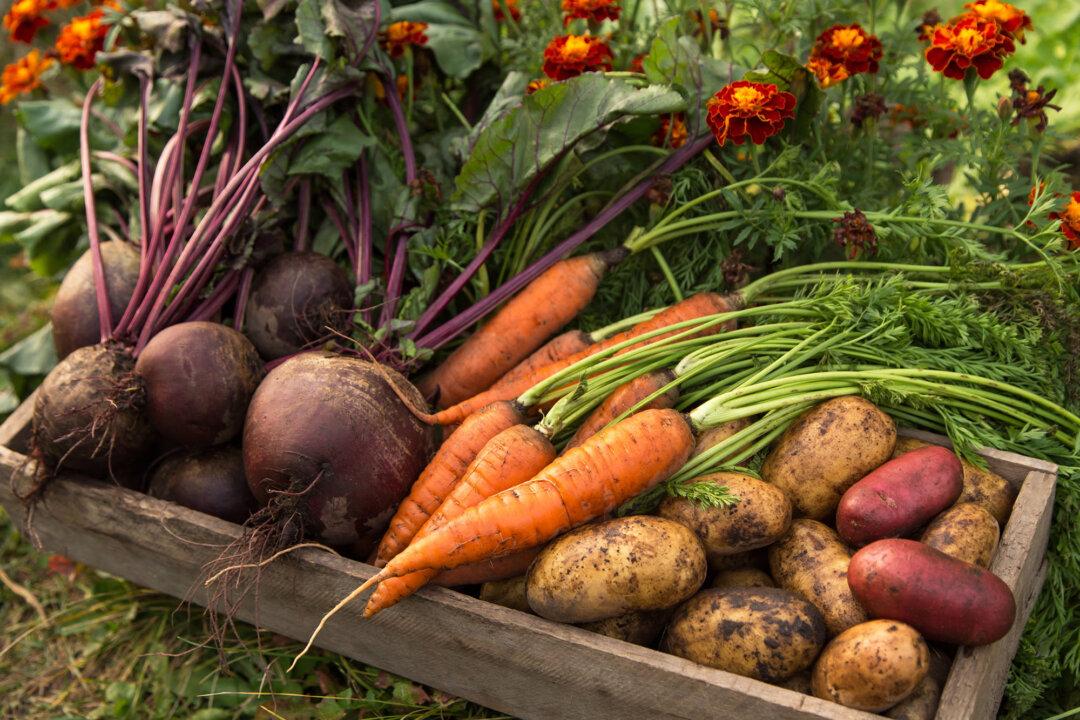Consider the lowly, unappreciated pumpkin. Sarah Frey does this a lot.
“Pumpkins bring me joy. It’s my happy crop,” declared the largest grower and shipper of pumpkins in the United States. Owner of Frey Farms, based in southern Illinois, Frey is responsible for the arrival each autumn of 5 million pumpkins (yes, 5 million) at grocery stores and other retail outlets across America. Her company grows these millions on about 3,000 acres, and contracts for production of 1 million more.





